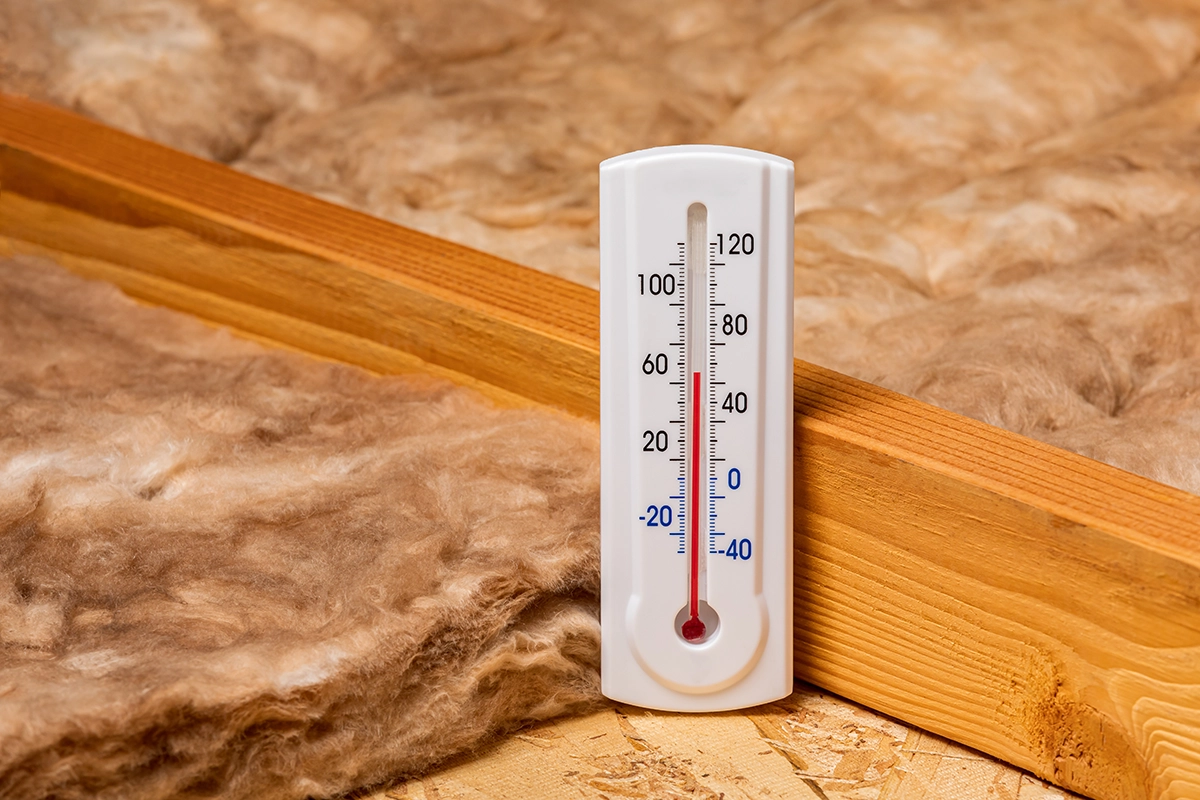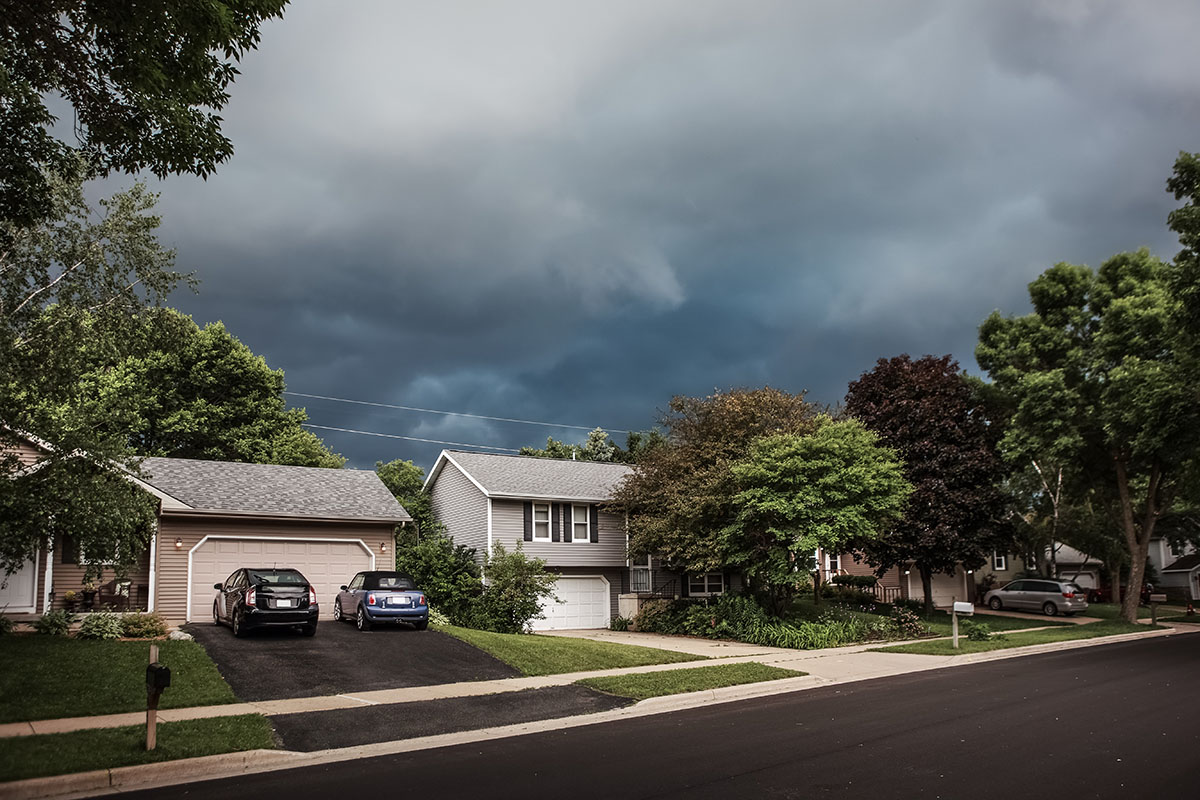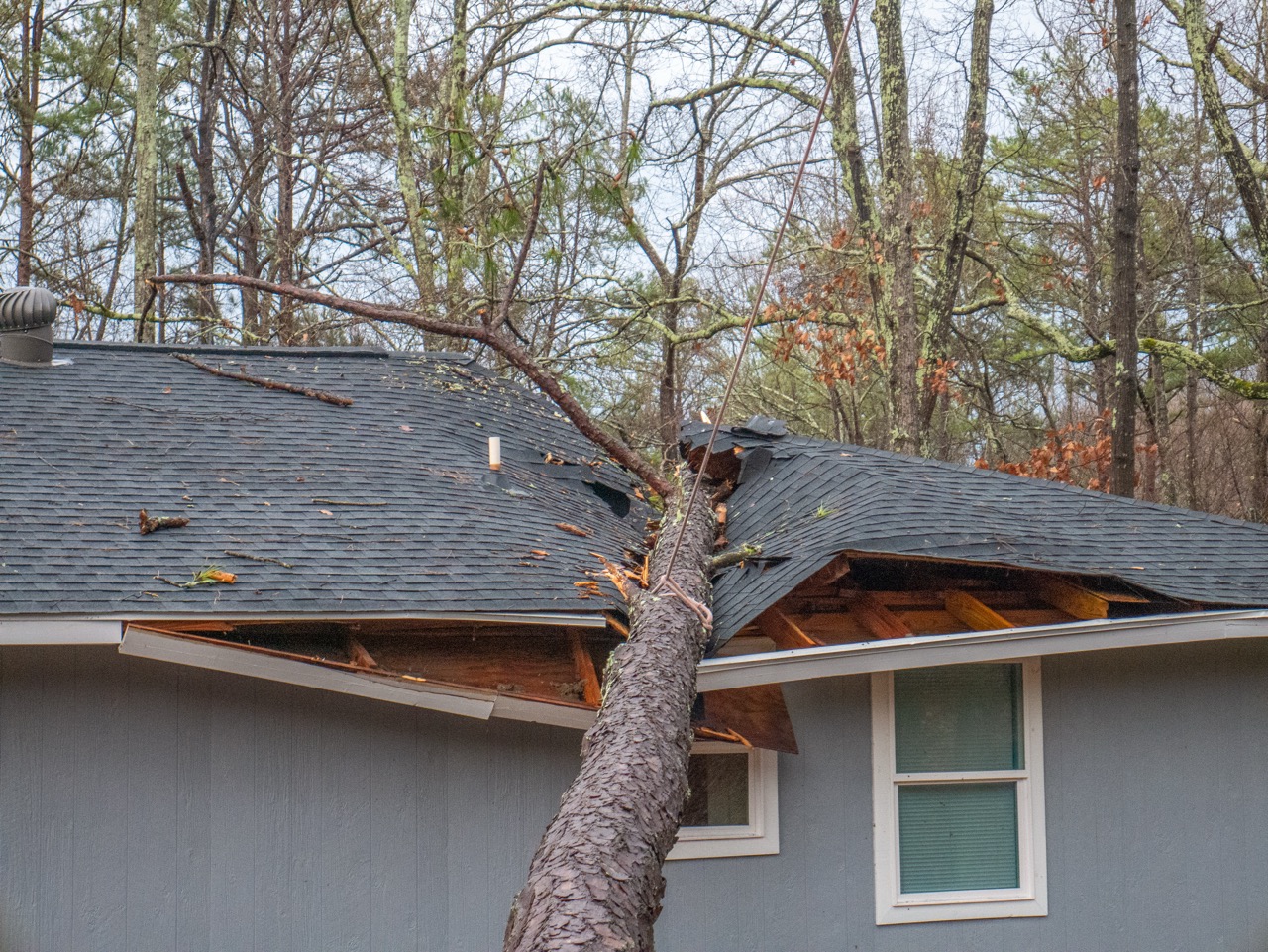Summary
Everyone knows that proper maintenance and cleaning helps extend the lifespan of anything in your home. This is especially true for your home’s siding, which is sometimes one of the more overlooked areas of a house. Regardless of the type of siding you currently have installed, you’ll need to follow a cleaning and maintenance routine to ensure your siding looks good and performs its job of protecting your home well.

Given that there are many different types of siding, it’s only natural that cleaning and maintenance routines will differ depending on the material. With that in mind, here are some useful siding maintenance tips for three of the most common types of siding throughout the United States:
Vinyl Siding
Vinyl siding is well-loved throughout the country thanks to its versatility and reputation for being easy to clean and maintain. To keep your vinyl siding looking its best with the following tips:
- Cleaning Vinyl Siding
- Vinyl tends to attract a lot of dust and grime over time. If left uncleaned, the accumulated dirt can easily cause discoloration. Vinyl siding is definitely one of the easiest types of siding to clean thanks to the material used to make it. In fact, you don’t really need to watch any “how to clean siding on your house” videos to see how easy it is to clean vinyl siding. Simply take a microfiber cloth and a bucket of warm water and mild laundry detergent. Soak the cloth, wring out excess water, and wipe down your siding. You can use a long-handled brush to wipe down siding in the areas that are a little harder to reach, such as the ones found on the second floor of your home. Likewise, you may use a high-pressure hose to clean these areas, especially if they are caked in dirt, but make sure to adjust the pressure to avoid denting your siding. Vinyl siding should be cleaned at least once a year.
- Inspect for Signs of Damage
- One of the main advantages of having vinyl siding is the fact that it doesn’t rot or attract termites. However, this doesn’t mean that it’s impervious to other forms of damage. Your cleaning and maintenance regimen should include inspecting for signs of damage. Two of the most common types of damage vinyl siding sustains are cracks and dents. If you live in an area that gets a lot of sunshine, or if sunshine is reflected onto your siding for long periods of time, you should also look for early signs of warping. Significant damage to your siding will require replacement, even if the damage is localized in one small segment.
Wood Siding
Wood siding continues to be a popular choice among homeowners due to its classic and timeless look. The material, however, does need to be cleaned and maintained properly to make sure it lasts.
- Cleaning Wood Siding
- Wood does tend to attract a fair amount of dirt and grime. You may want to consider buying a bottle of siding cleaner from your local hardware store to help you get rid of dirt buildup. Many of these bottles are designed to attach to your garden hose with no issues. Once you’ve attached the bottle, simply hose down your siding from top to bottom to avoid getting dirt on areas that you’ve already cleaned. Cover any delicate flowers that surround your home to avoid any accidental damage from the water that runs down the house during cleaning.
- As you’re cleaning your wood siding, try and see if your hose knocks off any mold or mildew. Make a mental note of these areas. If left untreated, mold and mildew will eat away your siding, creating an entry point for moisture. Make a mental note of the areas with mold or mildew so you can get back to those spots with mold control spray.
- Inspecting for Signs of Damage
- One of the main types of damage you should be on the lookout for when it comes to wood siding is rot. Wood rot is usually caused by the growth of mold. The best way to test for wood rot is to simply poke your siding with a flathead screwdriver or your index finger. Either method will help you find soft spots indicating wood rot.
- Anything made of pure wood will be susceptible to termite damage. Go around your home and inspect the panels closest to the ground. Keep an eye out for mud tubes, a telltale sign of the presence of termites. If these mud tubes extend all the way to your siding, there’s a good chance a large part of your siding has been compromised. You’ll need to call an exterminator to get rid of the termites first before you can replace the damaged siding.
- Treating Wood Siding
- Wood is a naturally porous material. This is why natural wood siding needs to be treated with a protective coating every now and then. There are many different ways to treat wood to protect it from the elements. The most common options include paint and clear sealers. If you use paint, you will need to apply a fresh coat at least once every five years or as soon as you notice the paint starting to fade and deteriorate. On the other hand, clear sealers must be reapplied at least once every two years.
Engineered Wood Siding
Engineered wood siding is a relatively new type of siding, but its durability and price point have made it a popular choice in the U.S. Like any other type of siding, proper maintenance and regular cleaning are the keys to keeping engineered wood siding beautiful:
- Cleaning Engineered Wood Siding
- The best way to clean siding made of engineered wood is to hose it down with a high-pressure washer. This should be enough to remove even caked dirt. After the initial rinse, you may want to attach a spray bottle filled with three parts water and one part chlorine bleach to kill any fungi or mildew that may have started to grow on the engineered wood. If you do this step, wait about an hour to let the mixture do its job before rinsing the siding a second time. This should be enough to clean engineered wood most of the time. If there are still any stubborn spots, you can clean the surface using a microfiber cloth and a bucket of warm soapy water.
- Inspecting for Signs of Damage
- Engineered wood siding is highly durable and is specially designed to resist wood rot and termites. However, it can still succumb to other common issues. Conduct a visual inspection of your home and try to look for any areas where siding has come loose. Cracks and dents may also occur after a storm, so keep an eye out for signs of those problems if a storm has recently passed through your neighborhood.
- If you had your engineered wood siding painted, you should also get up close to your siding and look for any signs of bubbling or blistering. These problems occur due to the evaporation of water underneath the paint. If you notice any bubbling and blistering, call your siding contractor and have your siding inspected for water damage underneath.
The tips above are a general guideline on how to properly clean and maintain three of the most common types of siding used in homes throughout the U.S. Keep in mind, though, that different siding manufacturers may have their own set of cleaning and maintenance guidelines for their products. Make sure you read up on these as well to help you avoid voiding your siding’s warranty.







